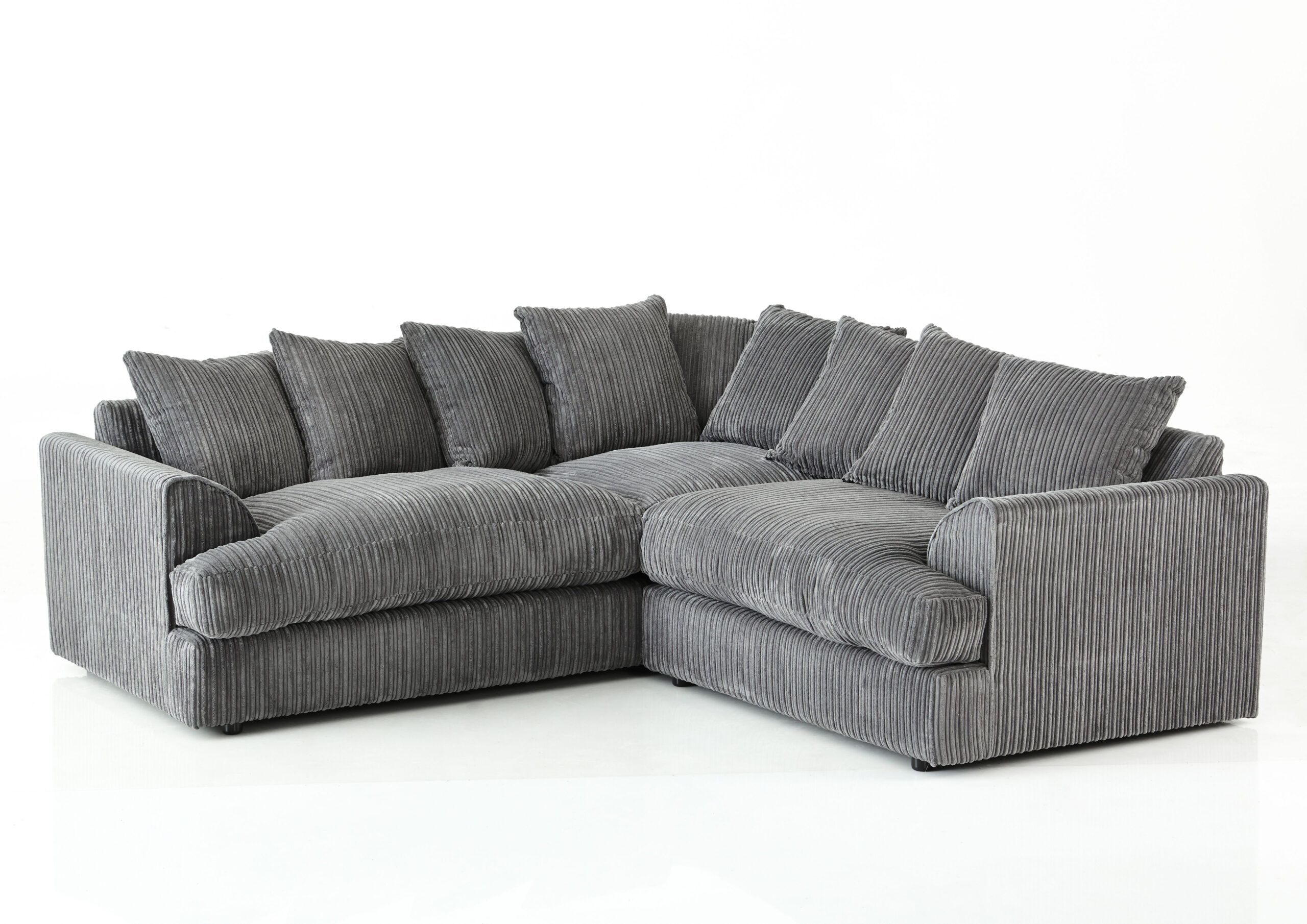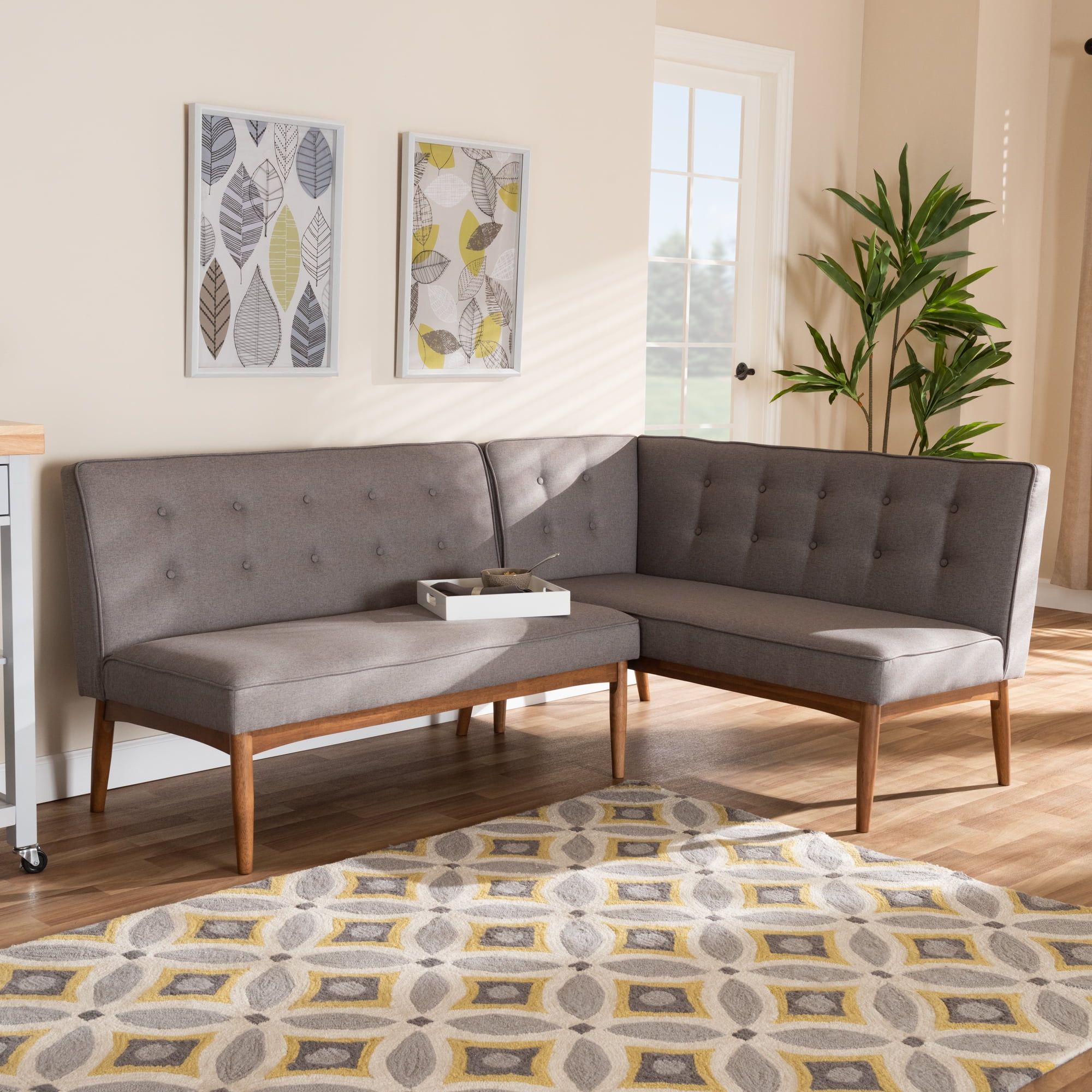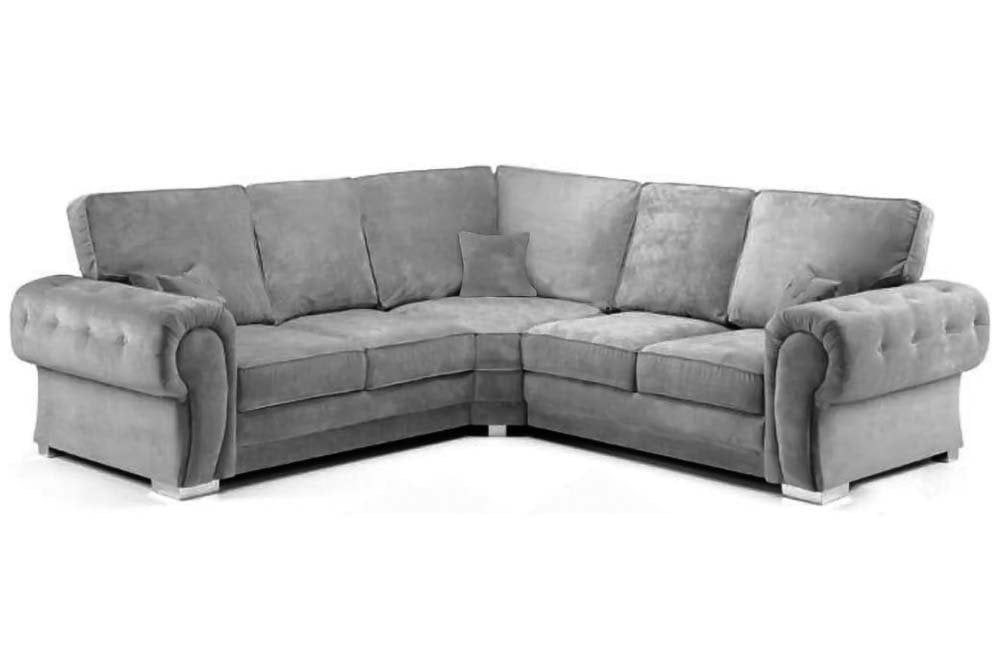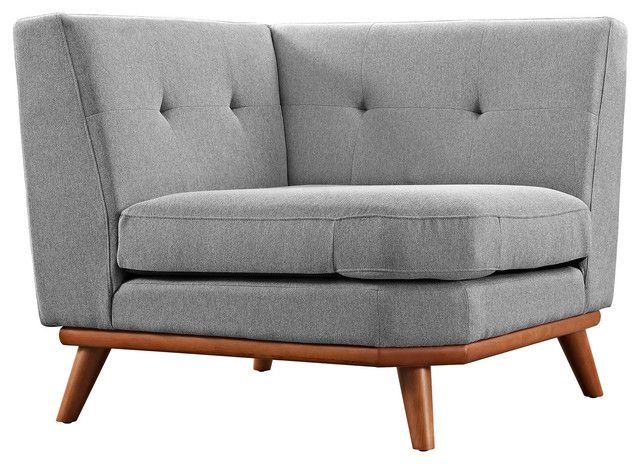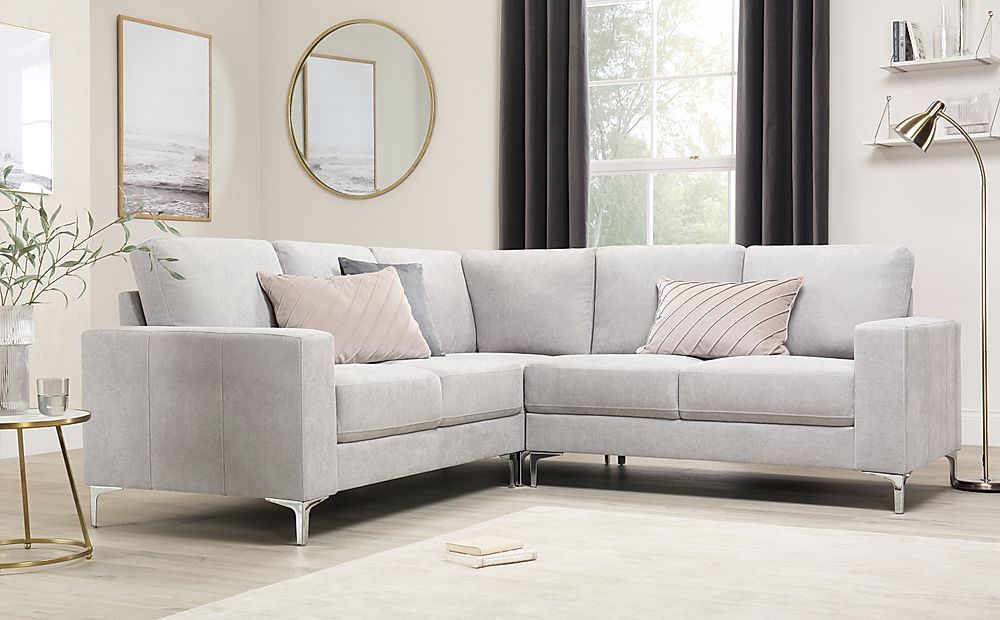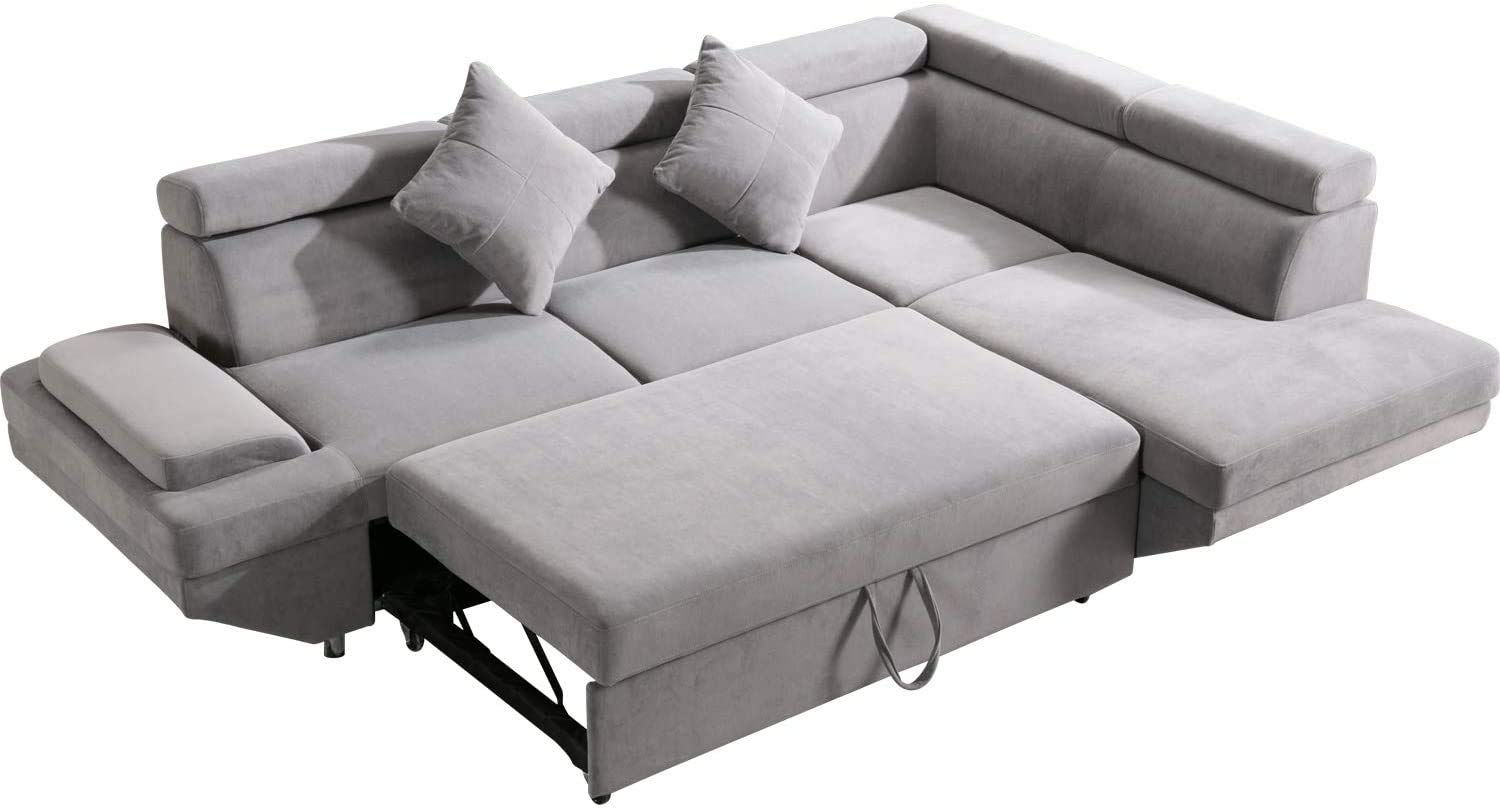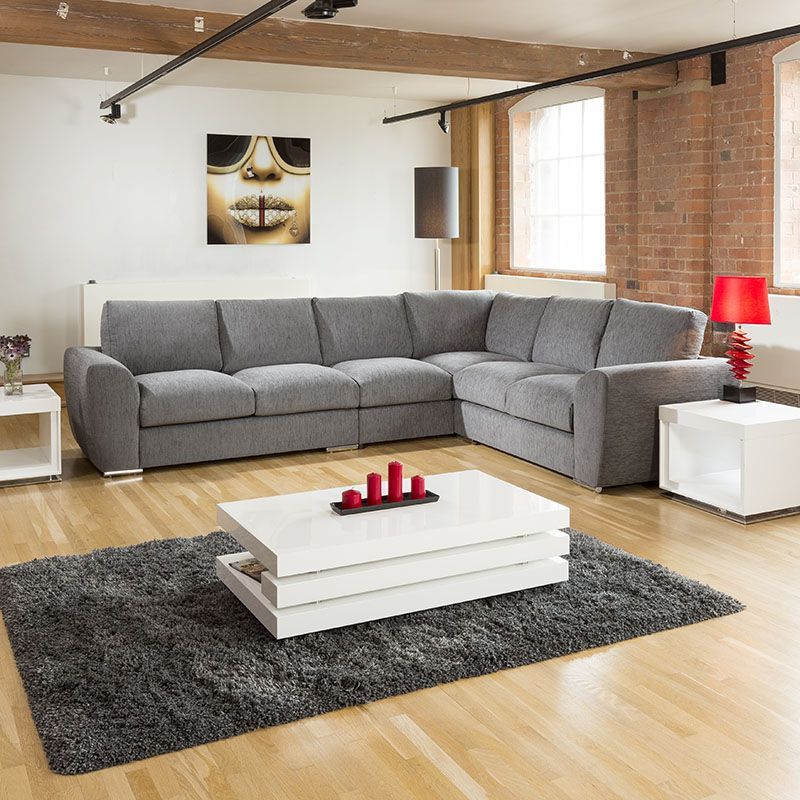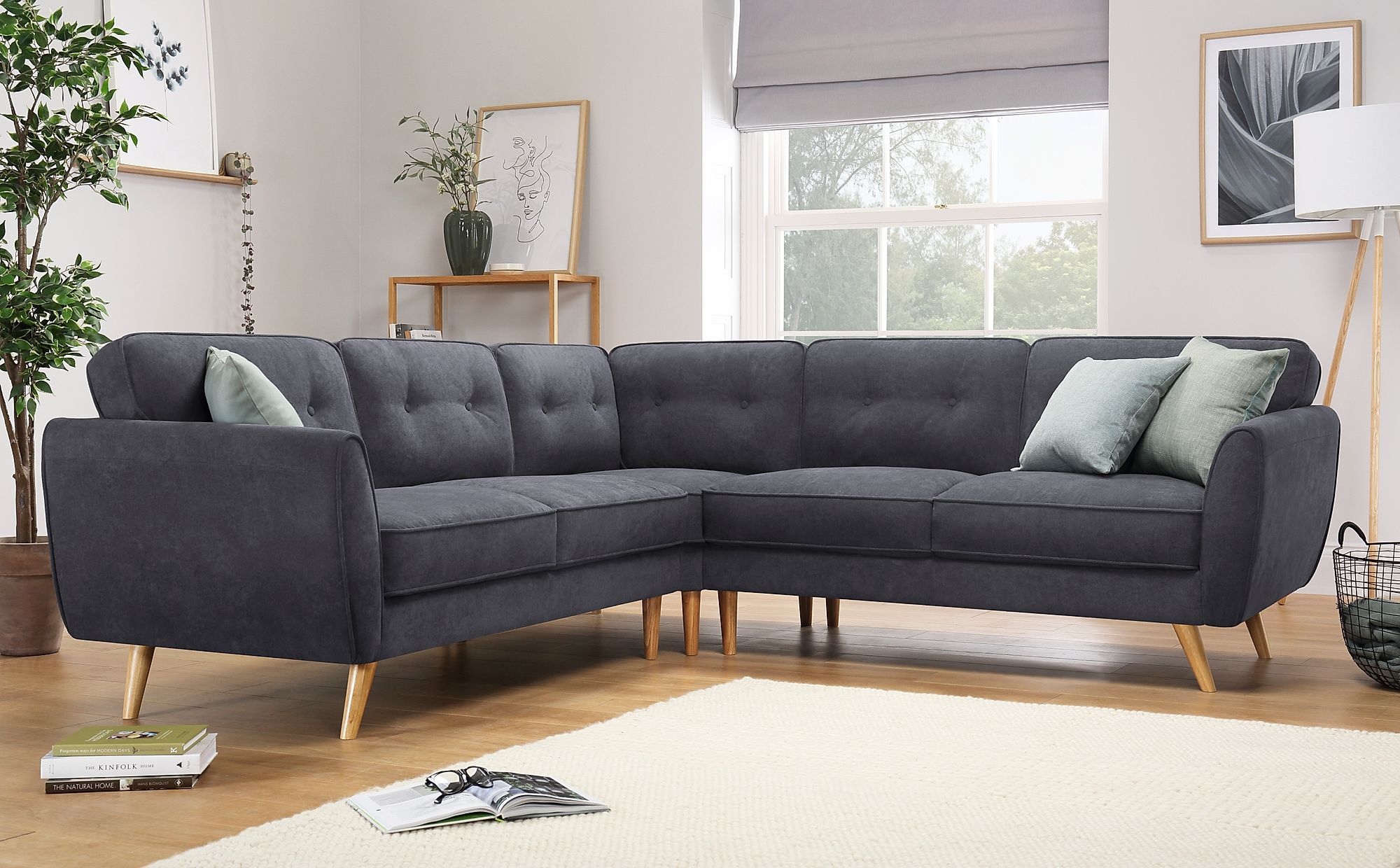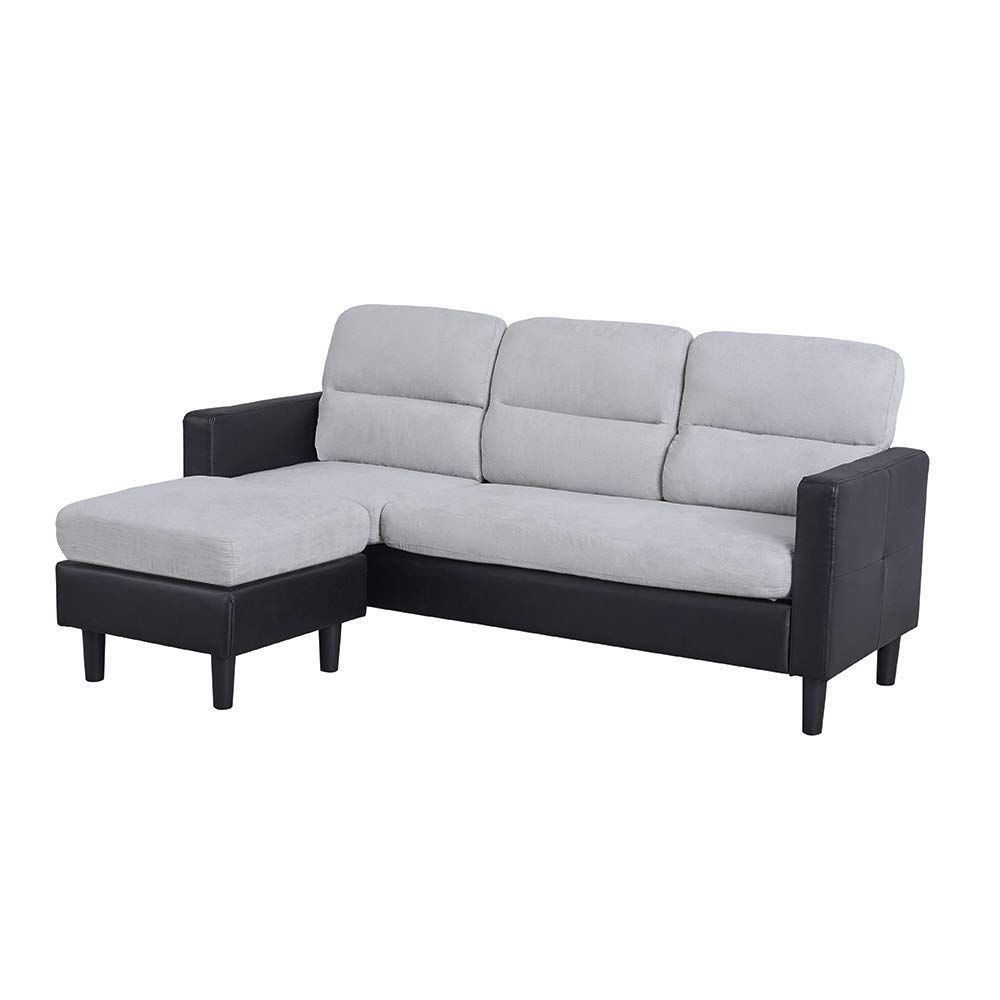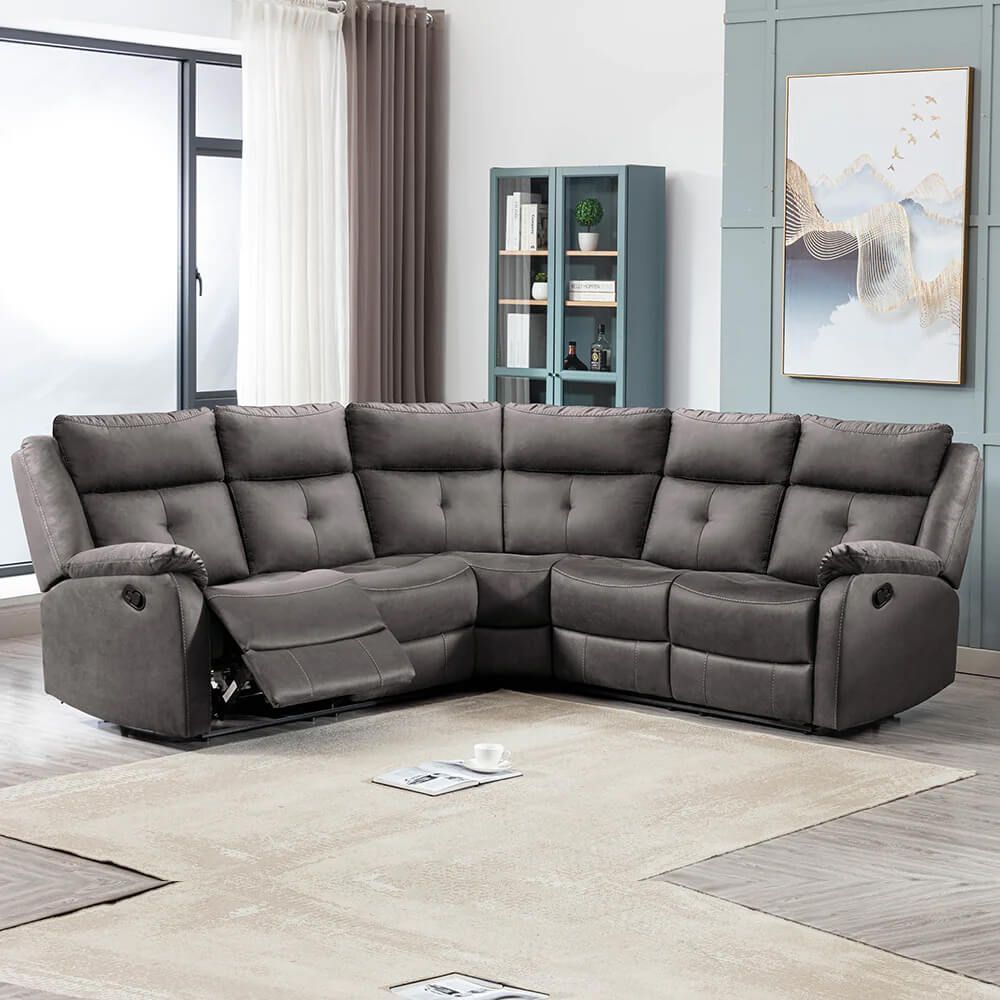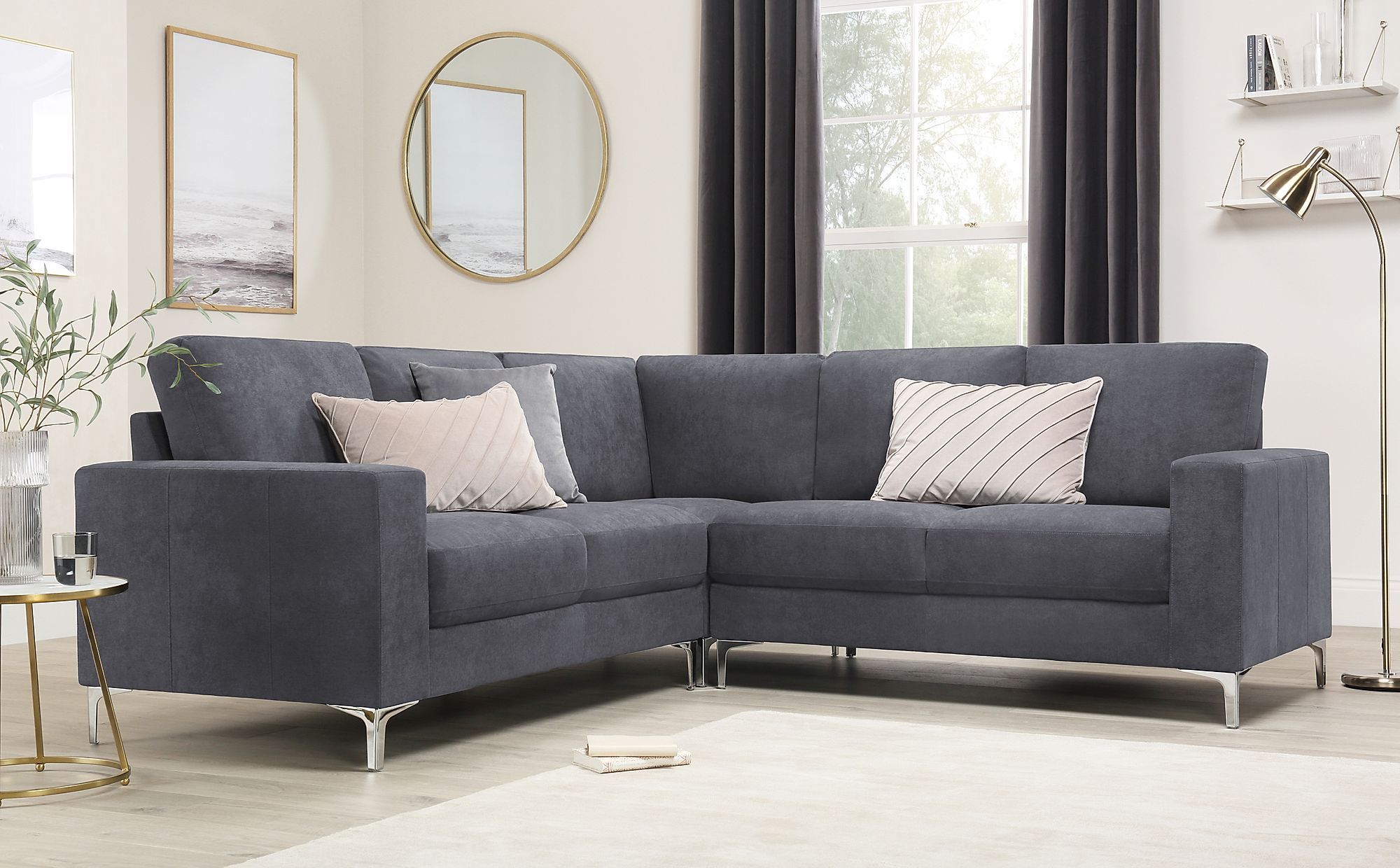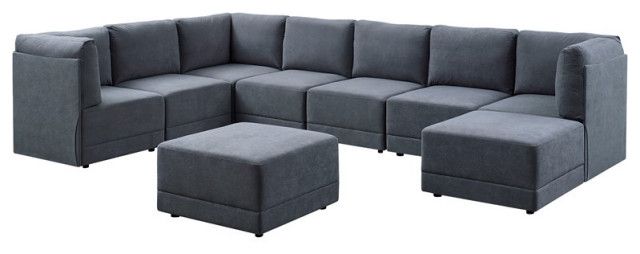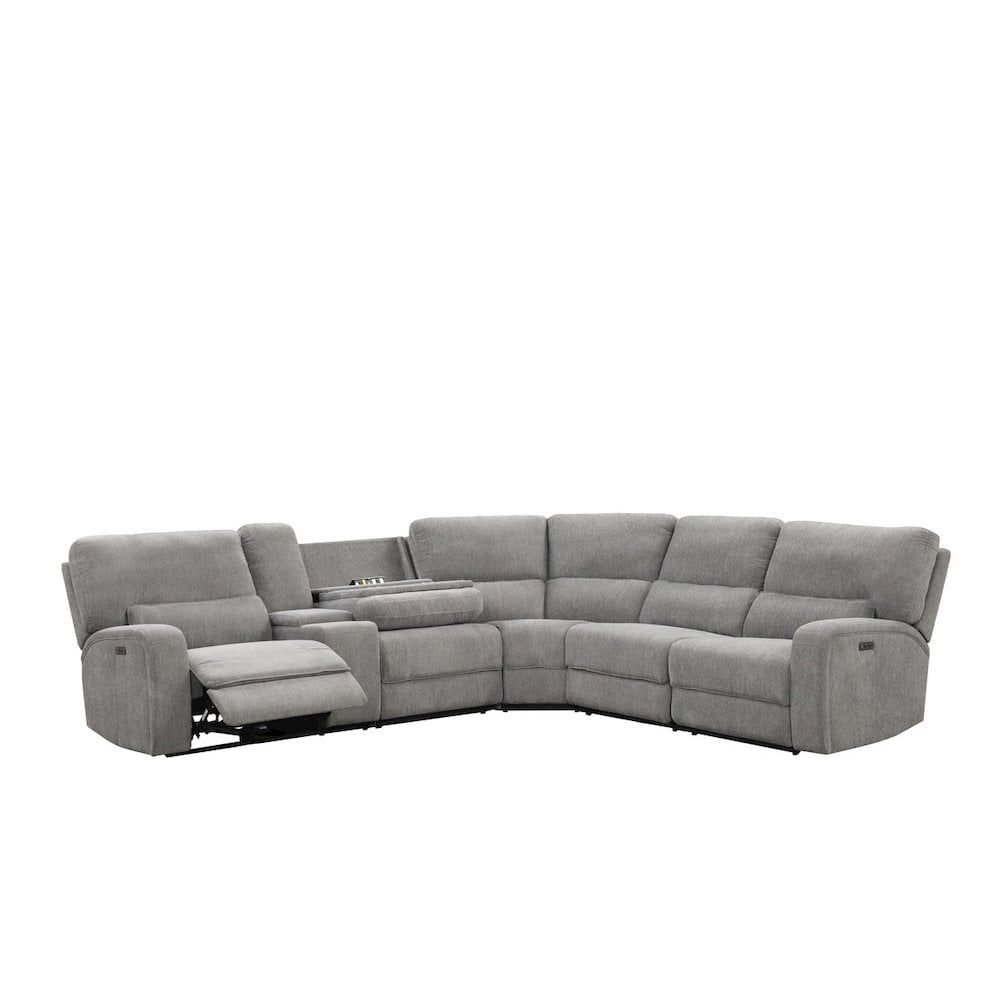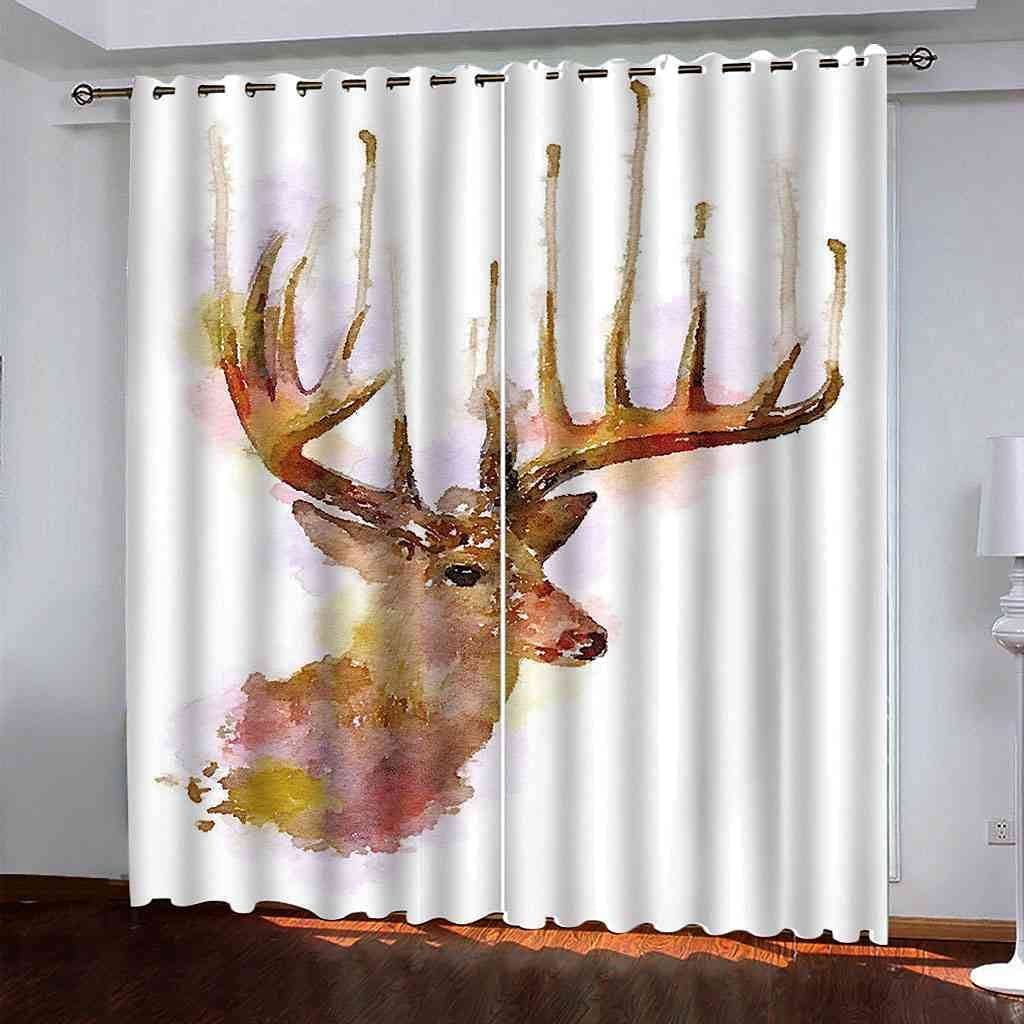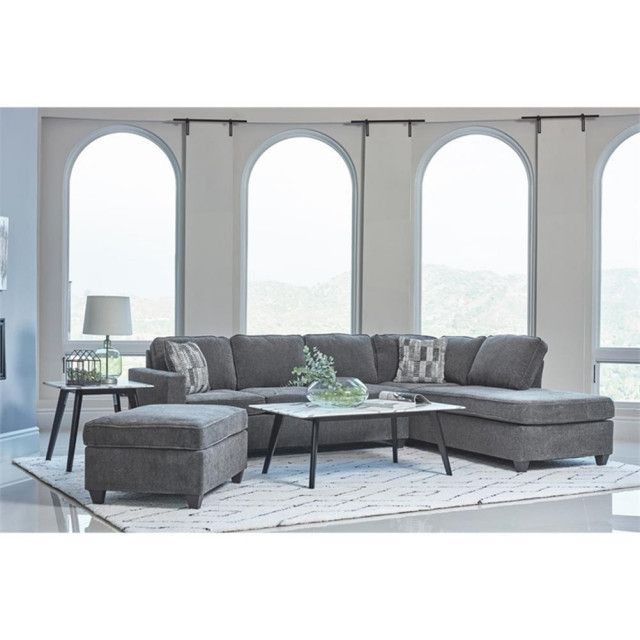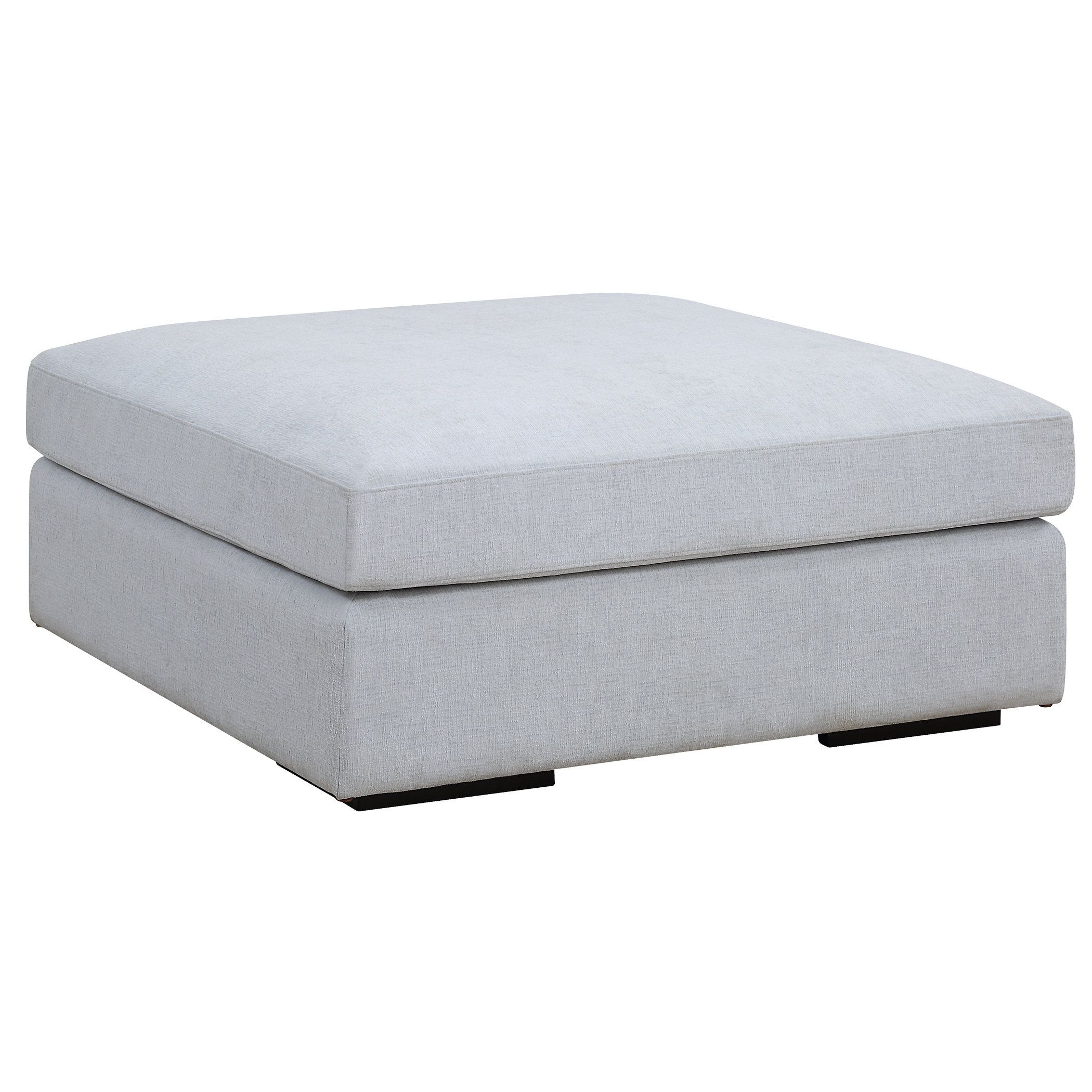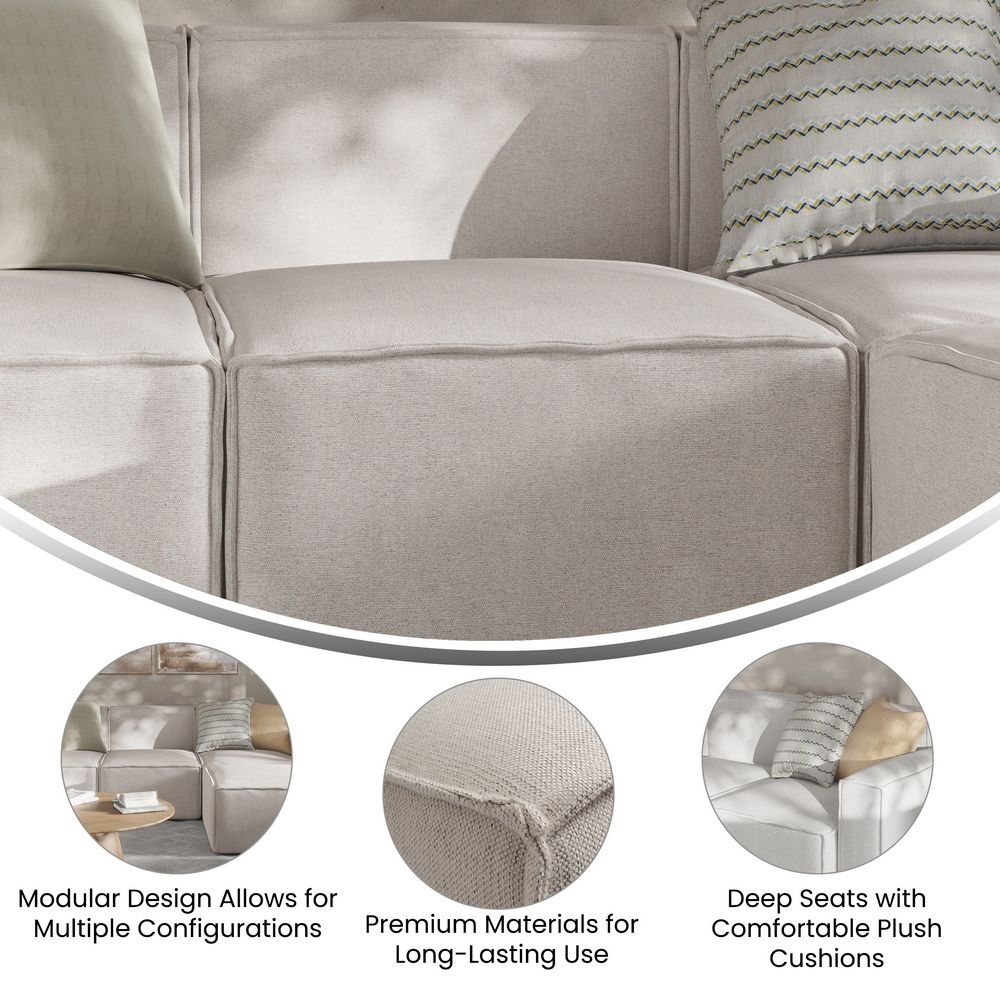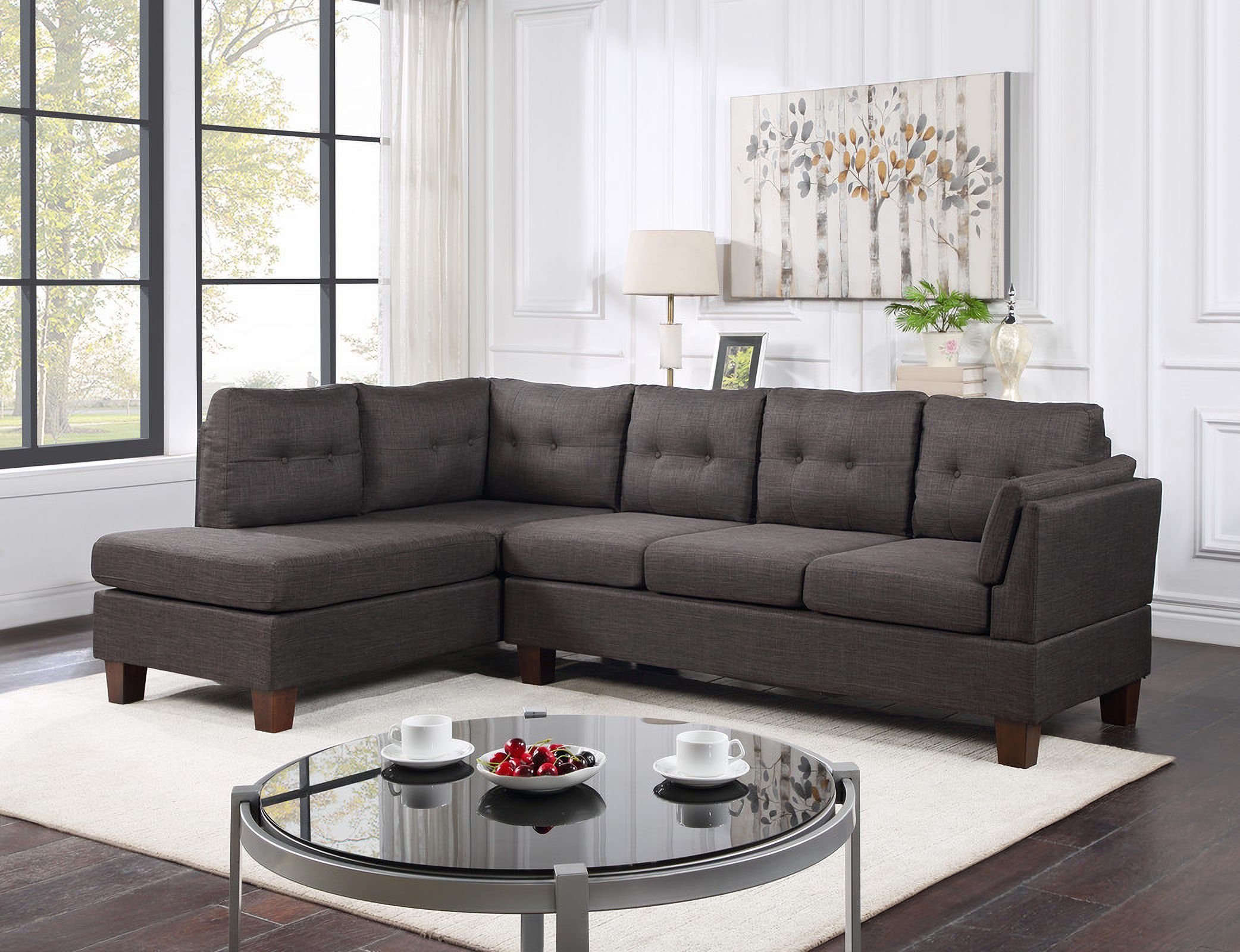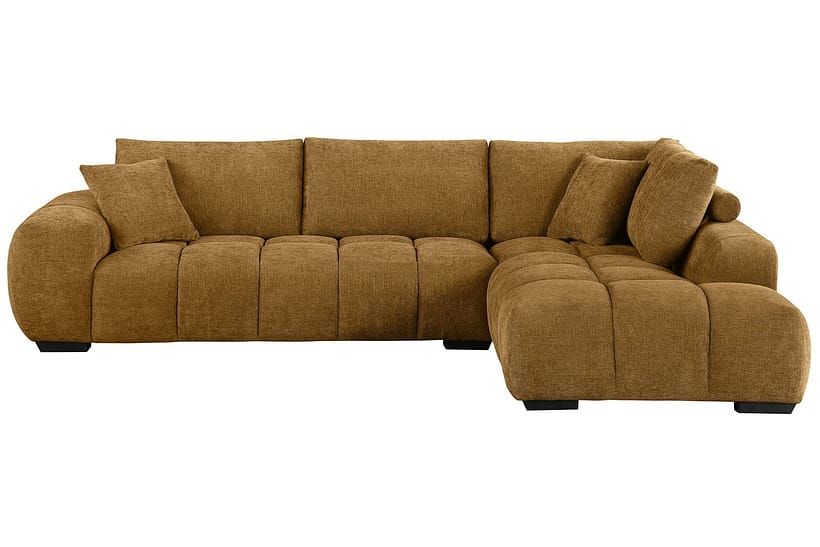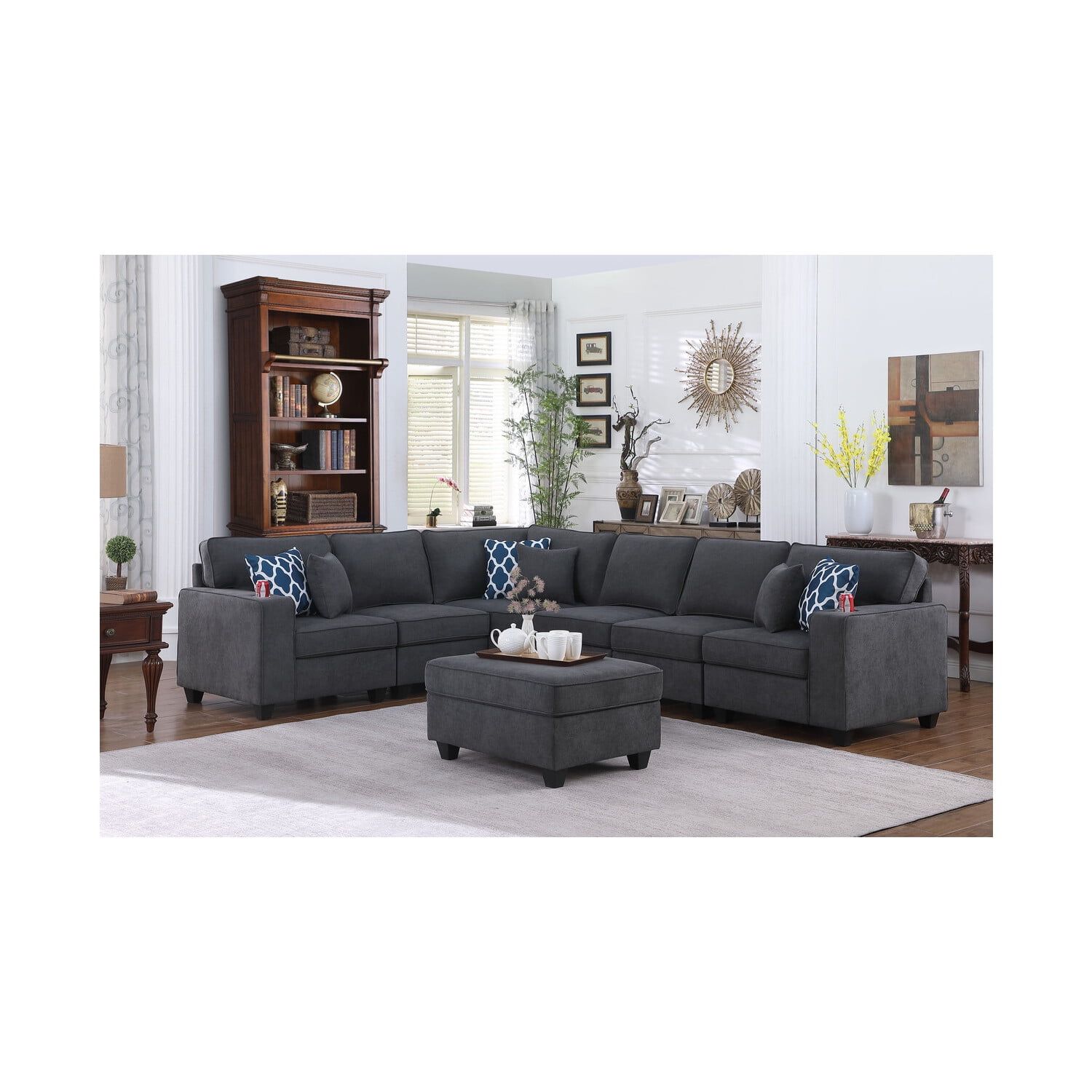We often spend countless hours researching cushion fill, fabric choices, and overall design when picking out a corner sofa. But, what about the thing that holds everything together, the unsung hero, the frame? It’s the skeletal system of your seating sanctuary, the backbone that determines durability, comfort, and how long your investment will last. Understanding the materials and construction behind a modern corner sofa frame is crucial to making a wise choice. And, trust me, it’s more interesting than it sounds. Let’s jump in.
Choosing the right corner sofa can feel like navigating a maze. There are so many styles, fabrics, and configurations to consider. But before you get lost in the details, let’s start with the basics, the underpinnings of your future relaxation station: the frame. This article will break down the key materials, construction techniques, and what to look for when you’re shopping for a corner sofa that’s built to last. Get ready to become a frame-savvy sofa shopper and make a more informed choice.
Wood: The Classic Choice, and Its Variants
Wood has long been the champion of sofa frames and for good reason. It offers a great balance of strength, flexibility, and, when properly treated, longevity. But not all wood is created equal. Here’s a rundown:
- Hardwoods: Think oak, maple, birch, and walnut. These are the premium choices due to their dense, strong nature. They can withstand a lot of wear and tear and are less prone to warping. You’ll find them in higher-end corner sofas.
- Softwoods: Pines and firs are more budget-friendly options. They are lighter and more pliable, but they may not be as durable. Look for kiln-dried softwood frames, as this process removes moisture and reduces the chance of warping.
- Engineered Wood: This category includes plywood, particleboard, and MDF (Medium-Density Fiberboard). Plywood is generally the strongest of the three, made from layers of wood veneer glued together. Particleboard and MDF are made from wood fibers and glue. While they can be stable, they are often less durable and more sensitive to moisture damage, so they’re typically best suited for less-stressed parts of the frame or as a support structure. An excellent example of this is the IKEA Ektorp corner sofa, which uses a combination of solid wood and engineered wood elements to achieve a balance of affordability and functionality. And this is common practice.
Metal Frames: Strength and Modern Aesthetics
Metal frames, usually crafted from steel or aluminum, are gaining popularity, especially in modern designs. They offer exceptional strength, particularly for larger corner sofas or those with a minimalist aesthetic.
- Steel: Known for its incredible strength and resistance to bending. Steel frames are ideal for heavier sofas and those expected to endure significant use. Welding is a common method of construction, creating a very robust frame. The main drawback is that steel can be susceptible to rust if not properly treated or protected from moisture.
- Aluminum: Lighter than steel, aluminum is a good choice for sofas that need to be moved around. It’s also naturally resistant to rust. Aluminum frames are often used in outdoor corner sofas because of their weather resistance. However, aluminum can be less strong than steel, so it may be used in combination with other materials or in designs that prioritize weight savings.
Metal frames often feature a powder-coat finish, which protects them from scratches and corrosion. Think about the corner sofa in your living room, it is probably steel, or aluminum.
Frame Construction Techniques: How It All Comes Together
How a sofa frame is put together is just as vital as the materials used. These techniques affect the frame’s stability, durability, and how well it will hold up over time.
- Joinery: The way the pieces of wood are connected. Look for these:
- Mortise-and-tenon: Considered the gold standard; extremely strong and durable. The tenon (a projecting piece of wood) fits snugly into the mortise (a hole or recess).
- Dowel joints: Wooden pegs (dowels) are inserted into pre-drilled holes to connect the frame pieces. Dowels are a decent and affordable option.
- Corner blocks: Triangular pieces of wood that are glued and screwed into the corners to reinforce the frame. This is a common technique, especially with less expensive sofas.
- Fasteners: Screws, staples, and glue are used to secure the frame. Screws are better than staples, which can loosen over time. High-quality glue improves the strength of the joins.
- Welding (for metal frames): Provides an exceptionally strong and permanent bond. This is the preferred method for metal frame construction.
Suspension Systems: The Comfort Factor
The suspension system is what provides the give and support you feel when you sit on the sofa. It works with the cushions to provide a comfortable seating experience. Here are some common options:
- Sinuous springs (also called serpentine springs): These are S-shaped wires that are attached to the frame. They are a cost-effective option and provide good support.
- Eight-way hand-tied springs: Considered the premium option. Each spring is individually tied to the frame and to other springs, creating a very stable and supportive base. It takes a lot of manual labor, so this system is only used in higher-end sofas.
- Webbing: This uses interwoven elastic or fabric straps stretched across the frame. This is a more affordable option, and the quality can vary.
- No-sag springs: These are pre-assembled grids of metal springs that are attached to the frame. They are a cost-effective alternative to sinuous springs.
What to Look For When Shopping: Your Checklist
Armed with this knowledge, here’s a quick checklist to help you choose a corner sofa with a strong, long-lasting frame:
- Material: Prioritize hardwood or a sturdy metal frame (steel or aluminum).
- Construction: Look for mortise-and-tenon or dowel joints, corner blocks, and screws (instead of just staples).
- Suspension: Consider eight-way hand-tied springs (if your budget allows), sinuous springs, or a well-constructed webbing system.
- Warranty: Check the warranty information. A longer warranty often indicates a manufacturer’s confidence in the frame’s durability.
- Weight: A heavier sofa generally indicates a more robust frame, but consider the materials as well.
- Reviews: Read online reviews to see what other customers have experienced with the sofa’s durability over time. Do some research.
The Importance of Proper Care
Even the most well-built corner sofa frame needs a bit of care to stay in tip-top shape. Here are some simple tips:
- Regular cleaning: Vacuum underneath the cushions to remove dust and debris. This keeps the frame clean and extends its lifespan.
- Avoid overloading: Don’t exceed the sofa’s weight capacity.
- Rotate cushions: This helps to distribute wear and tear evenly.
- Protect from moisture: Keep the sofa away from direct sunlight and moisture, which can damage the frame.
- Professional repairs: If the frame is damaged, it is better to get it fixed by a professional.
Understanding the anatomy of a modern corner sofa frame empowers you to make a more informed decision. By considering the materials, construction techniques, and suspension systems, you can select a sofa that offers both comfort and longevity. Remember, the frame is the silent foundation upon which your relaxation and enjoyment rest. Take the time to learn the details, and you’ll be rewarded with a corner sofa that will provide years of comfort and style. Happy sofa hunting, and here’s to finding the perfect frame to support your moments of peace and leisure.
